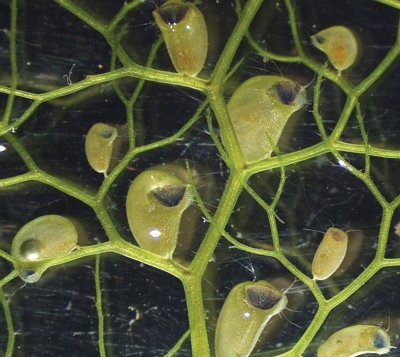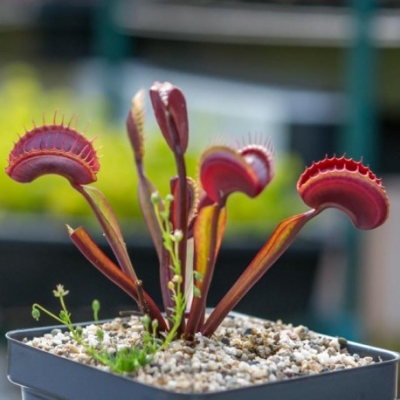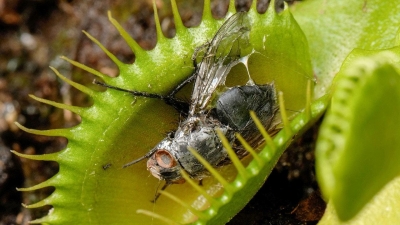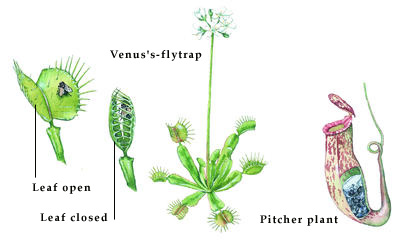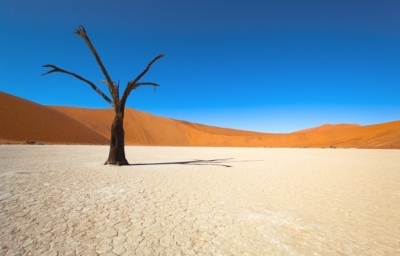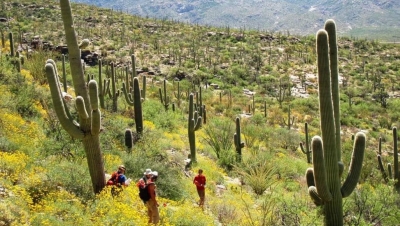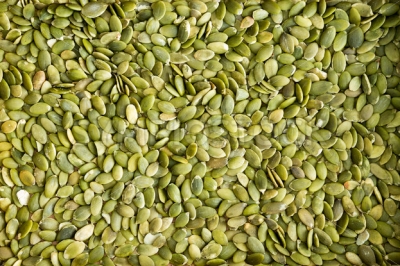How do sundews trap their prey?
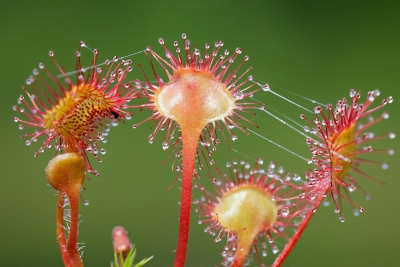
The sundew plant is a carnivorous plant that lures little flies to it, and digests them. These brightly coloured plants can easily attract little insects to them. Once an insect is trapped, it has no escape from the plant.
Sundew traps insects by deception. The plant has glands that stick out of the stem. These glands are covered with a honey-like substance. In fact, these glands are bait. When the hungry insect sees them, it believes that the substance is indeed honey and flies to it with all its might.
However, when it touches the plant, it gets the shock of its life, and realizes that all is not well! The shiny fluid is a powerful adhesive that keeps the insect glued to the plant. As the insect wrestles with death, the glands slowly clutch the insect and suffocate it.
As the insect slowly near its end, the plant produces an enzyme that would digest it. In a short span of time, nothing but the scruffy shell of the insect remains, and the glands return to their normal position.
Picture Credit : Google
